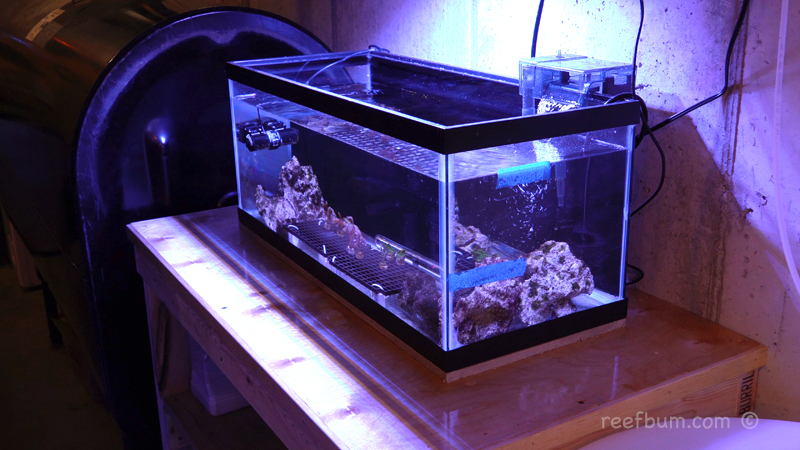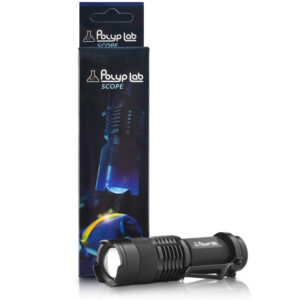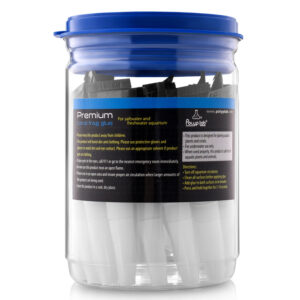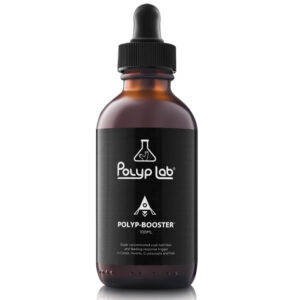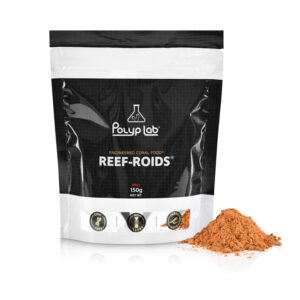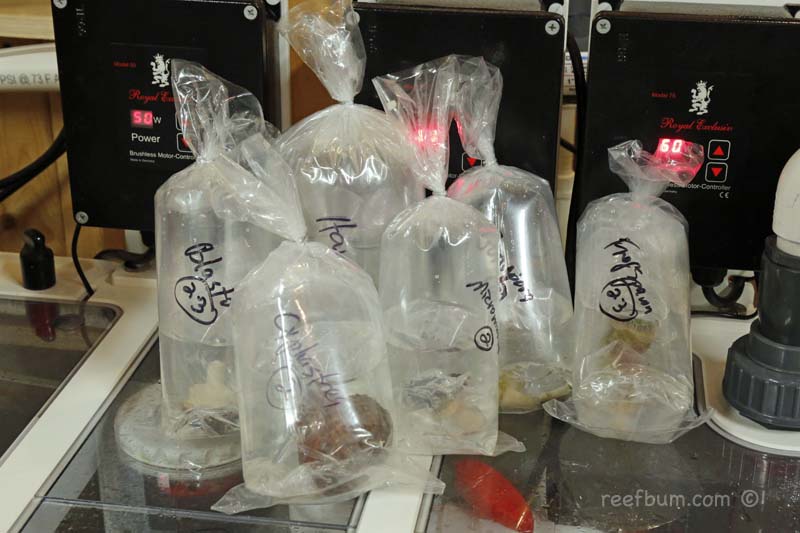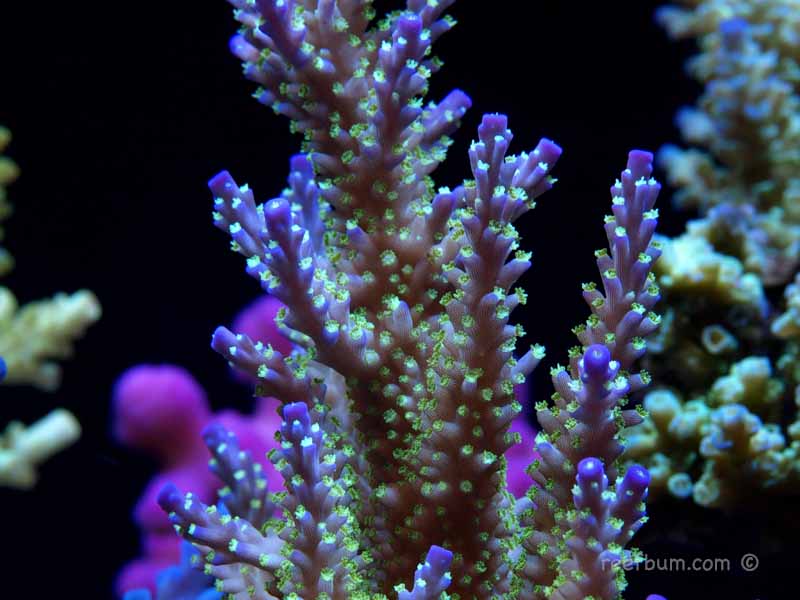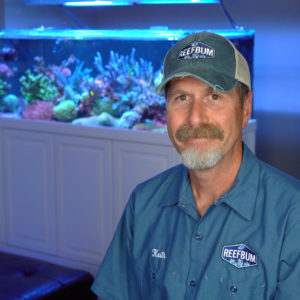Acro Eating Flatworms (AEFW), Red Bugs and other parasitic pests are unwanted guests in a SPS dominant reef tank. They can severely impact the health of corals and can be difficult to eradicate.
The Equipment
Setting up a SPS quarantine tank is a great way to keep a display tank pest free. You don’t have to invest in a lot of equipment and they are easy to maintain. I use a 20 gallon Aqueon Aquarium with an Aqua Clear hang on the back filter and a 75W heater. The tank is lit by a a single Mitras LX 7204 LED fixture and flow is supplied by a Maxspect Gyre pump.
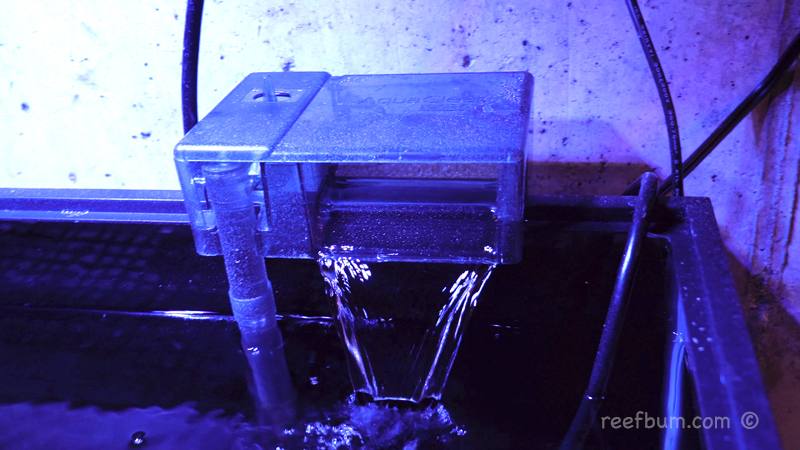
There is no protein skimmer or sump. On a daily basis I manually replace evaporated water but in the future I will be using an old Liter Meter III for automatic top-off (ATO).
Water from my 187 gallon SPS dominant tank and a few pieces of live rock were used to establish the quarantine tank’s biological bed. Additional bacteria were introduced by soaking the filter sponges for the hang on the back filter in the sump of the 187 gallon tank.
Maintenance is pretty straight forward. On a weekly basis I do a 50% water change. Approximately 10 gallons of water is siphoned out and replaced with water from the 187 gallon tank. This is done at the same time I do water changes for the 187 gallon tank. I also wring out the filter sponges in water from the 187.
How to Use a Quarantine Tank
Ok, so how is the quarantine tank used to keep pests out of my propagation and display tanks? My first step when bringing in new SPS frags is to inspect for pests using a microscope. Next, I dip the frags in Bayer for 10 minutes, even if I don\’t see any pests under the scope. Bayer will not kill AEFW eggs so if they are found I cut off the coral’s base, which is where eggs typically reside.

After frags are dipped they are placed in the quarantine tank for thirty days. During this time I will inspect them for any signs of pests. After thirty days they go back under the scope and are dipped again. If no pests are found the frags will move on to one of my propagation or display tanks. They go back into quarantine if they have pests.
Conclusions
A quarantine tank does require extra maintenance and more money for equipment but a simple setup makes it less burdensome on these fronts. A lot of time and money can be invested in corals so protecting that investment with a quarantine tank is a wise choice.
Additional Resources
If you would like some help with a new tank build, including help designing a custom aquarium, or help re-configuring your current setup then you can visit this page for more information. And if you are looking to add some equipment, I do sell GHL, Pax Bellum, Reef Octopus Calcium and Kalk Reactors and Royal Exclusiv products, including Dreamboxes, which is the equipment I use and recommend. I also sell Reef Brite metal halide and LED fixtures as well as Maxspect & IceCap Gyres.
As for additional insights and information, please explore my many other reef tank and SPS related articles as well as my YouTube channel. For an even deeper dive into reef tank care you can check out my Reef Keeping Master Class. This online course is an immersive and one of a kind educational tool designed to help reef aquarium hobbyists build and maintain a beautiful SPS reef tank. The course is a series of video presentations with some supplemental video from my YouTube channel. There are also quizzes to help students retain and understand the information presented in the course.
Need some frags…..I can help with that as well 🙂 Please visit my SPS Frag store to see what is available.

